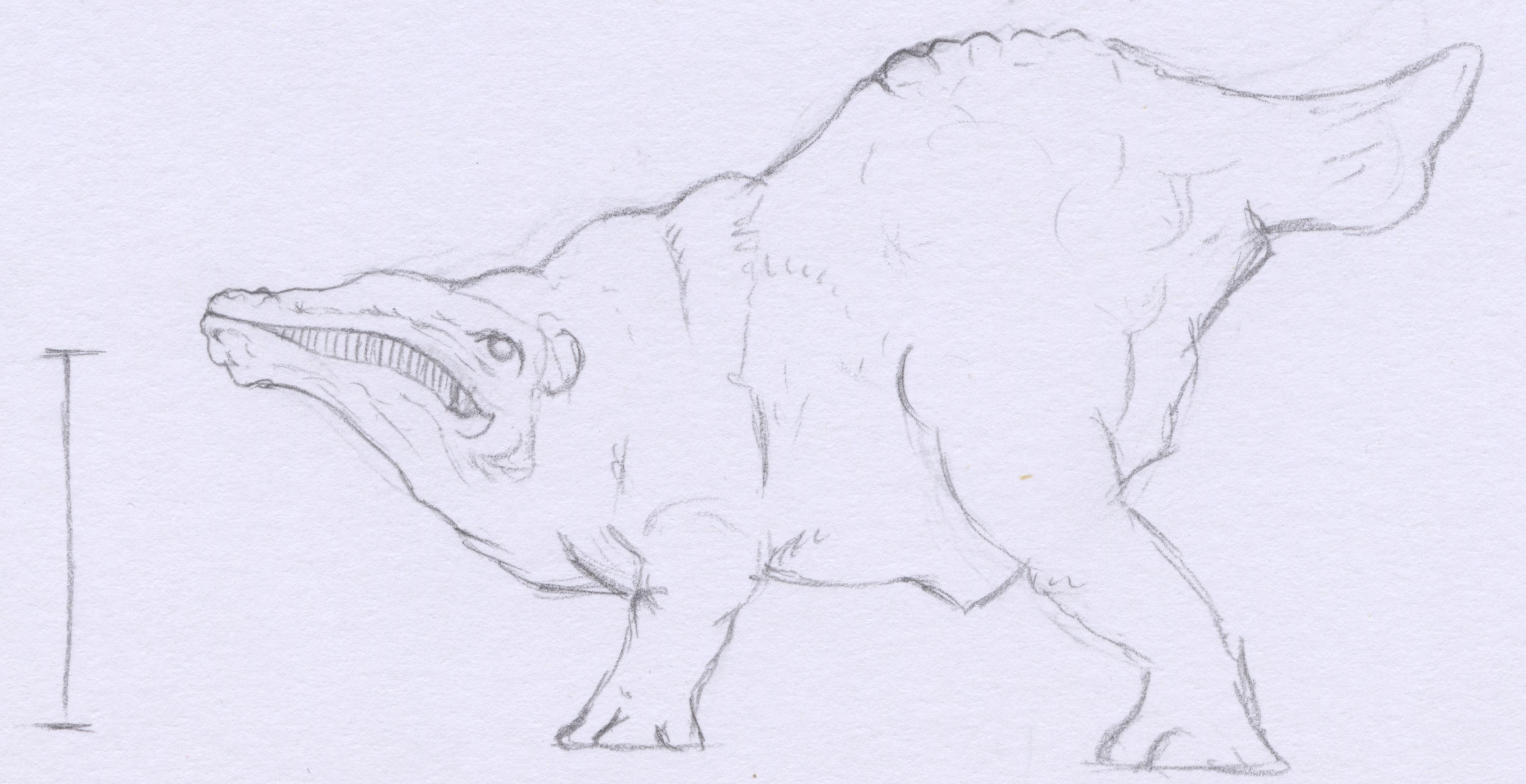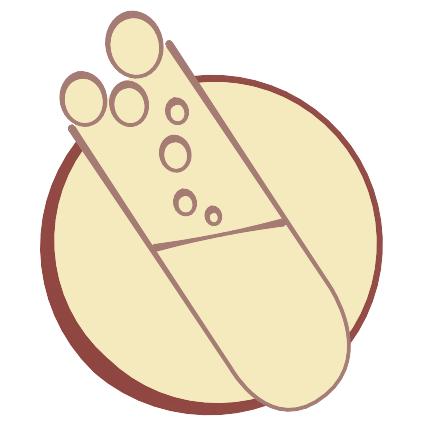Ghaar
Ghaars are a large semi-aquatic species that dwells in forest rivers and the great lakes in the warmest regions of Anyaral. Ghaars stand at around 2.5 meters at their tallest point at the flank.
Ghaars live in family groups typically numbering five individuals and consisting of one kopa, a sempa and their jenta. As a rule only one family will ever be found on any one stretch of river except when droba swarm in the autumn, drawing families across land to the droba’s ancestral spawning sites. A hatchling is born every year, a twin birth being fairly common; jenta leave the group after two years. The only time ghaars will be seen in very large numbers is each spring when the jenta, having left the family group leave the forests across the land in a great migration to congregate in the largest lakes of Anyaral to seek their mate.
Ghaars are heavily built animals, both muscular and blubber-laden. Their skin is thick and a dark brown grey. It covers their bodies in folds and crevices which largely disappear towards the end of autumn as they put on reserves of fat to see them through the winter and the migration of the jenta.
There is little difference between Ghaars as they mature, the kopa having only a wider blubber-packed tail and a pale throat that is displayed by lifting his head in warning or for courtship display. The hatchlings are born with a shorter jaw, their diet consisting of nourishing water weeds before their adult teeth are fully developed. Mature ghaars have a long pointed snout lined with a multitude of long, fine and very sharp teeth. A sensory organ located beneath their chin allows them to detect the electrical field of their prey in the river bed. Ghaar's main prey are small eel-like droba and long mudworms that feed on the detritus accumulated in deep layers on the bottom of wide forest rivers. When feeding, ghaars use their powerful hind legs to dive their snout deep into the silt of the river bed, emerging with their mouth laden with writhing prey captured by their needle teeth. During the annual droba spawning events, ghaars hunt cooperatively, herding large shoals together before powering through them, jaws wide, throats hugely distended with prey on the other side.
Ghaars are prized as food by the devanu. They are hunted in spring as the sempa emerge from the forests in their great migration or by hunting parties in late autumn deep in the forest. Autumn hunting is not without risk: ghaars are very dangerous whilst in the water. A devanu hunting party able to slay a kopa will be hailed as heroes, returning laden with flesh and the beast's wide tail, a rare delicacy.
The fubarnii also make extensive and more practical use of the ghaars. During the spring migration fubarnii groups will separate a number from the herd, running them down from atop their enuk mounts, culling being carried out from the relative safe distance of a lance length. The fubarnii utilise the carcasses for various means. The hides of the sempa is collected for curing into durable leather, the stored fat on the haunches and tail is rendered down into an oil used for lighting lamps, fuel and to a lesser degree cooking by rural fubarnii. The meat is cut into thin strips and hung over the smoking embers of the fat rendering fires to dry and cure into provisions for fubarnii soldiers. The multitudinous teeth of the ghaar are also harvested, providing plentiful raw materials for pins, needles and other staples of fubarnii haberdashers.

A Ghaar
Author(s): Andrew May

